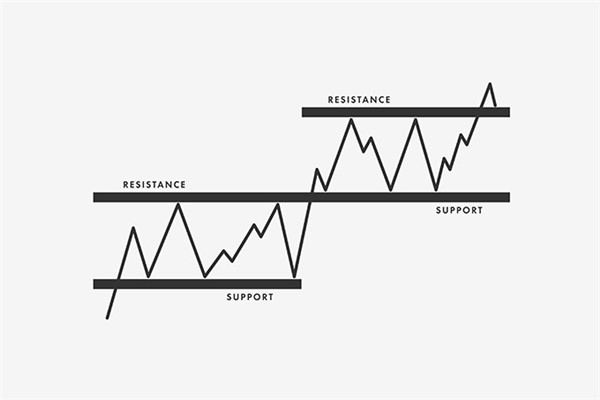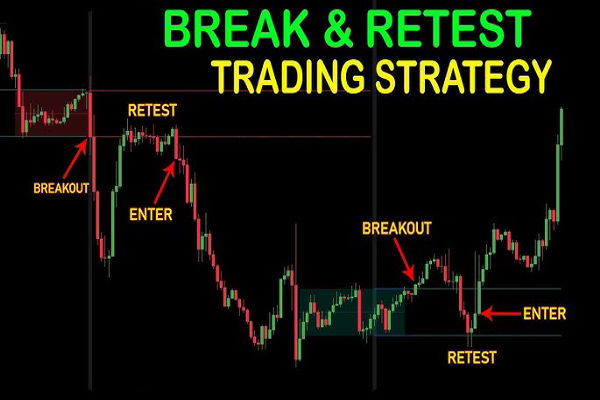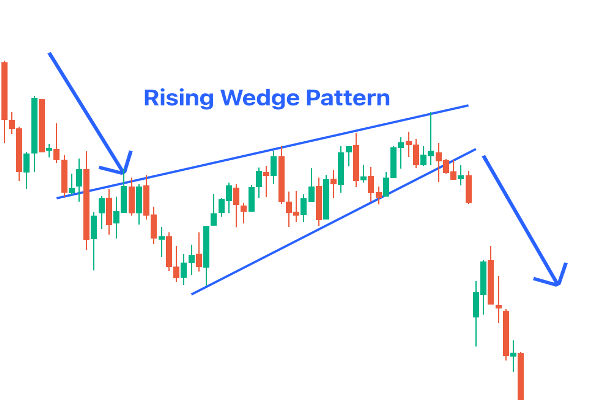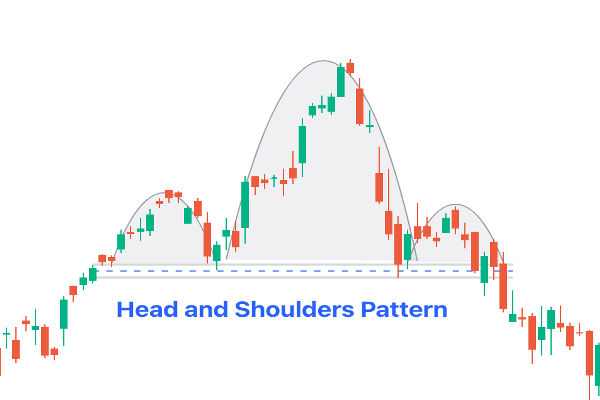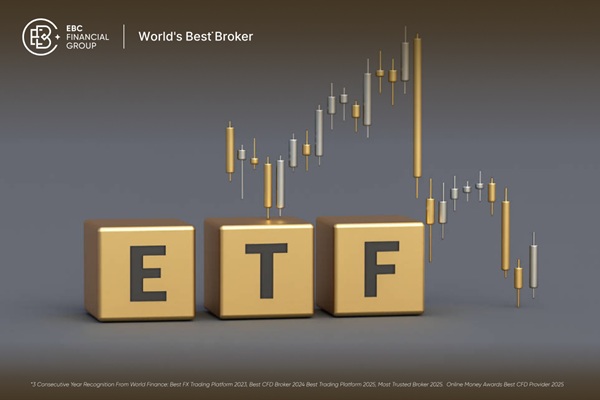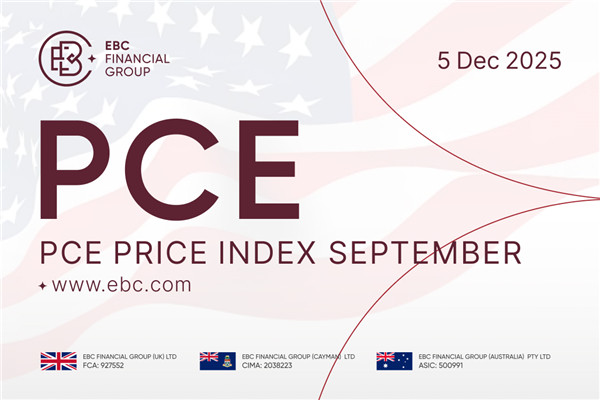The formation of resistance and support levels is driven by the
supply-and-demand relationship in the market and the behavior of traders.
The principle of generating pressure and supporting positions:
The actual impact of pressure and support is influenced by the relationship
between supply and demand. During the upward trend, the supply from selling
exceeds the demand from buying, which affects the continued upward trend of
Stock Prices and creates pressure. In the process of decline, on the contrary,
it is the demand for buying that is stronger than the demand for selling, which
creates an upward driving force for the stock price.
When the stock price rises, if it encounters a pressure level, it is easy to
be suppressed. At this time, if we pursue a high, it is easy to replace the
previous batch of hold-up stocks and form new hold-up stocks.
When the stock price falls, if it encounters a support level, the stock price
is expected to rise. At this time, the graphics we see are often not very
attractive, and our hearts are also very panicked. We often sell our stocks as
soon as possible, but then we will find that the stock price has risen, and we
will regret it later.
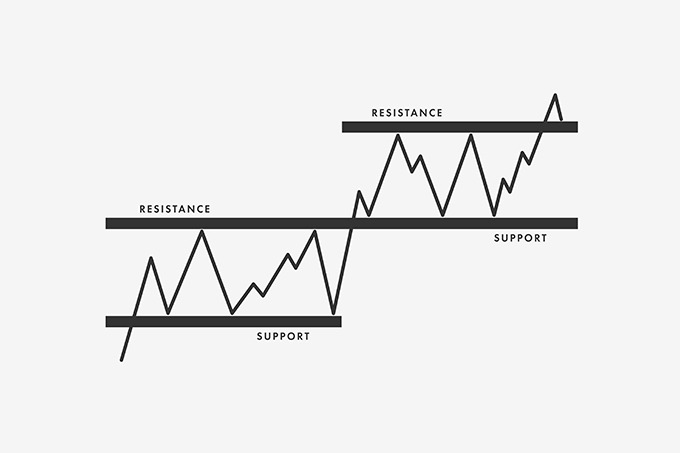
To avoid the above situations, we need to know how to determine support and
pressure levels. Below, we will analyze the reasons for the formation of
pressure and support levels separately.
Reason for support: Due to a large number of transactions and trades in a
certain price range in the previous stage, this position has become the cost
level for many investors to hold positions. Therefore, when the rise of the
stock price turns into a downward decline, near this position, the chips of
profit bearers are basically cleared, and there is no chip in their hands to
sell and suppress the stock price, and supply gradually decreases. Bulls can
precisely engage in bargain hunting at this position, forming a large amount of
demand. Affected by supply exceeding demand, the stock price naturally rebounded
upwards, forming support. If the market turns back at this position multiple
times, it not only confirms the effectiveness of support but also enhances the
confidence of bulls at this position to take a bottom.
The principle of pressure: Due to the influence of short-term profit taking
or the pressure of being eager to unwind in the early stage, when the stock
price rises to a certain price range, a large amount of selling pressure is
generated. As selling is significantly greater than buying, the fact that supply
exceeds demand is formed, causing the stock price to be pressured and fall. If
there are multiple times of pressure drops near this position, without the
release of good news, this position will form an effective pressure level, and
every time there is a large number of bulls turning short and joining the
selling camp near this position.
In addition to supply and demand, psychological factors in the market can
also have an impact on the formation of resistance and support levels. When
prices approach an important historical level, traders may have memories of this
because they believe that this level may have an impact on prices. This
psychological memory can increase the reliability of resistance and support
levels and affect traders' decision-making.
Another important factor is the use of technical analysis tools. Traders use
various technical indicators and Chart Patterns to determine resistance and
support levels. When many traders use the same technical tools, they establish
resistance and support levels at similar levels, further increasing their
reliability.
Disclaimer: This material is for general information purposes only and is not intended as (and should not be considered to be) financial, investment or other advice on which reliance should be placed. No opinion given in the material constitutes a recommendation by EBC or the author that any particular investment, security, transaction or investment strategy is suitable for any specific person.
